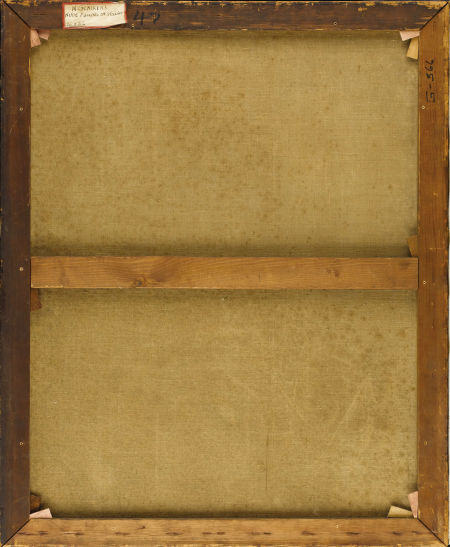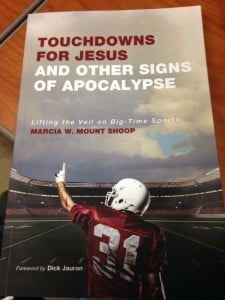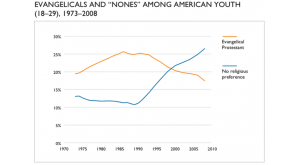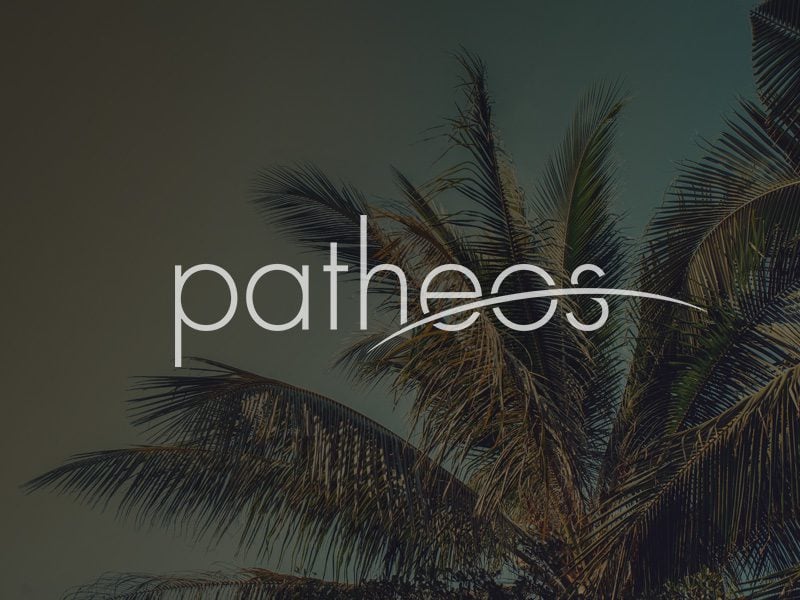Over the last few months, Christopher Brewer has devoted several blog posts to my theological approach to art over at Transpositions, a collaborative on-line project of students associated with the Institute for Theology, Imagination, and the Arts at the University of St Andrews. He reviewed several of my blog posts here at Patheos as well as God in the Gallery: A Christian Embrace of Modern Art (Baker Academic, 2008), a book I wrote while Chief Curator of the Sheldon Museum of Art at the University of Nebraska. (Read them here.)
In “A Curator Among Theologians,” I respond to some of Brewer’s concerns as well as reflect on the relationship of my work as an art historian, curator, and critic to the theology & the arts conversation taking place at divinity schools throughout the United States and the United Kingdom. This field of inquiry has developed as a means to enrich theological reflection through an engagement with the arts and culture. Its goal is to strengthen Protestant (primarily Reformed) theology, although the work of Roman Catholic theologians, because of their sensitivity to the aesthetic dimension of the faith through sacrament and liturgy, play an important role.
My work is motivated by different concerns. Its primary focus is not with theology per se, but with the experience of art and culture—most specifically, the practice of painting. Theology has been the means by which I create that necessary space to allow art and culture to operate with its own integrity rather than as tools for politics or even virtue formation. My work has been committed to revealing art to be a cultural practice that enables us to experience our humanity—our creatureliness—most deeply, and even where the tremor of a “deeper magic” of grace, which contradicts the forensic nature of the world, can be felt most powerfully.
But my approach to art and culture has shifted considerably since moving from academia and the art world to the church and the seminary, a move requiring that theology not function merely as a tool to create space in order to experience art. It is now the starting point because it is the starting point for my audience—students and readers—as well as my primary conversation partners. Therefore, theology must function in a more rigorously systematic and comprehensive way in my work, and the theology & arts conversation will no doubt prove helpful.
Brewer raised two substantial criticisms of my work to which I was unable to respond sufficiently within the confines of my response at Transpositions, and so in the coming weeks I will address them here.
In the mean time, check out Transpositions and the work of the folks engaged in this conversation, like David Brown and Trevor Hart at the University of St. Andrews, Jeremy Begbie at Duke Divinity School, William Dyrness at Fuller Seminary, Steven Guthrie at Belmont University, Matthew Milliner at Wheaton College, and Taylor Worley at Union University, among many others, for whom art and culture play an important role in the theological project, a project whose goal is to hear afresh God’s word of promise.












